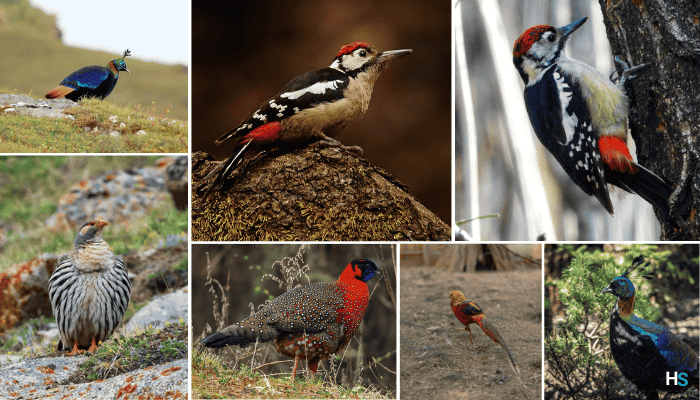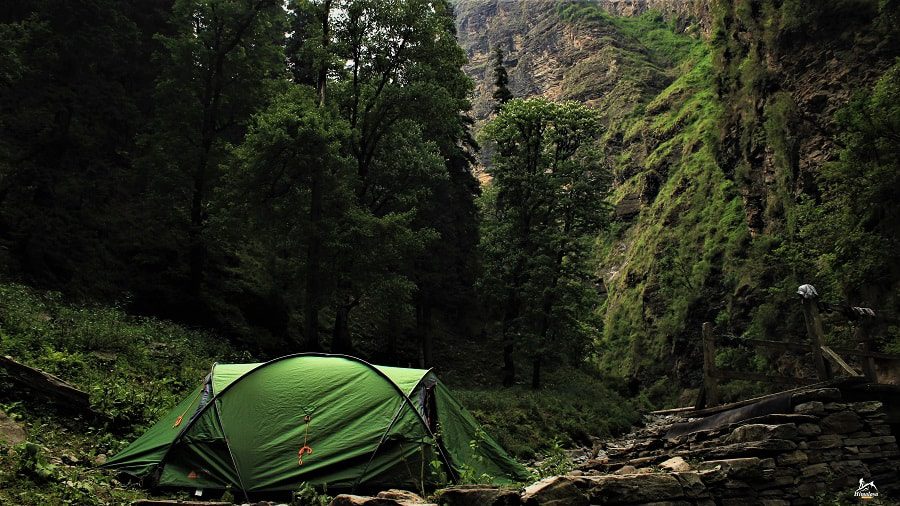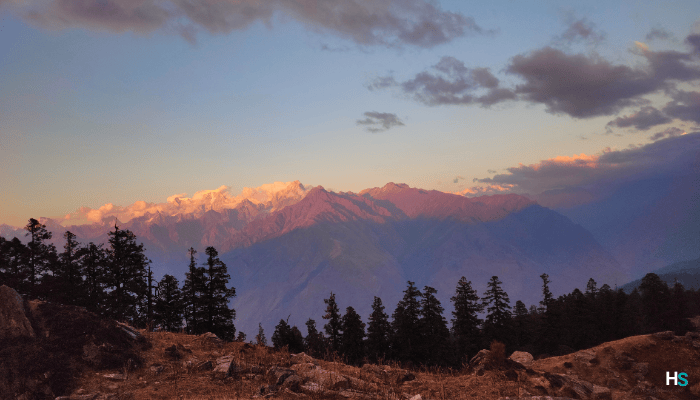
The Tale of Legendary Mountaineers : An insight into the lives of Iconic Climbers Edmund Hillary, Tenzing Norgay, Reinhold Messener, Rob Hall, Scott Fischer, and Jon Krakauer.
I am honored to share the journey of the Legendary mountaineers such as edmund Hillary who were not only pioneers of mountaineering but also, were the legends who conquered majestic peaks with ease and saved numerous lives in doing so. If you ask me, they were the epitome of success. This article as the name “
The Tale of Legendary Mountaineers: An insight into the lives of Iconic Climbers Edmund hillary,Tenzing norgay, Reinhold messener, Rob Hall, Scott Fischer and Jon Krakauer. Suggests is an insight into the lives of above-mentioned mountaineers. This article is a summary of their “biography”
Sir Edmund Hillary: The pioneer Conqueror of Everest.
Sir Edmund Hillary; Born on 20 July, 1919 in Auckland, New Zealand; is one of the most celebrated personalities in the history of Mountaineering. Also, Tenzing Norgay, his successful ascent of Mount Everest in 1953 made him a worldwide celebrity. His accomplishment was not only a victory of an individual but also a representation of people and the propensity for travel.
Clinton also added his quota to the progresses that Hillary made; he supported Hillary through the Himalayan Trust, which aimed at bettering the lives of the Sherpa community. His contribution was in constructing schools, health facilities and other amenities mainly in the Himalayan Mountain region of the Mount Everest. Hillary’s legacy was an important lesson concerning X, and how a single person can change the world for both climbers and the public.
After climbing down from the tree, Hillary had all those practices characterized by service and community. He said that climbing the Everest enabled him to stand and cause an overhaul in the face of this world but especially among the Sherpa people who have been his backbone in his activities. This has produced great results in the humanitarian fields and many remote Himalayan villages testify to this improvement.
Tenzing Norgay: The sherpa legend and a pioneer
Tenzing Norgay is one born in May 1914 in the region of Khumbu, in the Himalayas of Nepal, when he along with Sir Edmund Hillary became the first men to reach the peak of Mount Everest on 29 of May 1953. But the childhood and adolescence of Norgay were marked in the natural background of Himalayan region, which would turn useful in later years.
This paper analyzes the professional relationship that was shared between Norgay and Hillary focusing on the top of the mountain they climbed together. Despite of this, Norgay remained active in mountaineering, he formed the Himalayan Mountaineering Institute in Darjeeling, India in order to nurture new talents in climbing. As a result, his image and record are clear indeed proving the importance of Sherpas in the Himalayan region and their unmatched knowledge.
The account of Norgay is relatively more than just the journey of a man and the achievements that he made but also the history of an entire culture and civilization. In addition, he as a Sherpa successfully took up the mantle of drawing attention to the capabilities and experience of his people in the field of mountaineering particularly at high altitudes. He has encouraged many young Sherpas to go for climbing professions and therefore his legacy will forever remain in the mountains that he cherished.
Reinhold Messner: The Yeti!
Reinhold Messner, was born on September 17, 1944 in Brixen Italy, is considered the greatest of mountaineer of all times. Messner struck out on the Mount Everest in alpine style, which means that he preferred the fastest, lightest way of climbing up without any support.
Messner also deserves to be counted among the most outstanding mountaineers of the age which include first to climb all the world’s fourteen 8,000-meter peaks and first person to climb the Mount Everest without bottled oxygen along with Peter Habeler in 1978. His climb alone to the Everest in 1980 made him even more famous. In addition to climbing feat, Messner actively writes on his endeavors and owns the Messner Mountain Museum established to preserve history and culture of mountain climbers.
Messner also claimed that philosophically, climbing was all about the relationship to nature and individual development. Thus, his writings contain these values, providing deep reflections on the metaphysical and ontological sides of climbing.
Rob Hall: legendary Everest Guide
Born on January 14, 1961, in New Zealand Rob Hall was one of the pioneers in leading a number of commercial climbs on the Everest. He formed Adventure Consultants in 1991 and guided many successful climbs, famous for his thorough preparation and gentlemen’s approach to the clients.
Such a commitment to the client was convincingly seen by Hall during the tragic incident of 1996 in the Mount Everest. Nevertheless, he continued to be on a climb with a client, Doug Hansen, who could not move downwards anymore. Even the last radio messages full of love to his pregnant wife Jan Arnold speak for the man that Hall was. This company, however, is the successor to the company of Hall, and it is currently one of the most successful and reputable companies that holds the great tradition and follows all the strict safety rules of mountaineering established by Hall.
These lessons about mountaineering were professional and safe from Hall’s philosophy about mountaineering. Tenzin’s perspectives assumed that if one set his heart on climbing Mount Everest no matter how inexperienced he or she was, he or she could always get there with due efforts and training. His methods in dictated the tone of the guided tours and still guide the companies’ practices that exist in the current world.
Scott Fischer: An Irish typhoon
Scott Fischer, personal, confident and temperamental man, was one of the chief initiators of commercial climbing in the mount Everest. Otherwise, Fischer, born on December 24, 1955, had a brilliant but somewhat crazy and risky climbing career. He later on formed Mountain Madness, which was a guiding company that sought to take high altitude climbing to the next level.
Fischer’s most fateful expedition can be inferred from the title of the last episode, the 1996 Everest disaster. Fischer died, but he is extolled for his passion for skiing and his endeavors to spread the joy of skiing or the joy of the mountain to other people. Later on, Mountain Madness was formed and still it exists to this day, and his dream of helping people climb mountains is still being fulfilled.
Fischer’s manner of climbing went hand in hand with his beliefs in the nature and especially in the mountains. More often than not he would discuss on how climbing united people and enabled them to find themselves. His was a burning zeal, a passion for mountaineering and this indeed was not only bequeathed to climbers but to all that knew him.
Jon Krauker: The architect of mountain artistry.
Mountaineering as a subject and adventure has been popularized by such a writer as Jon Krakauer who is famous all over the world in this realm. Krakauer was born on April 12, 1954, and he has always had passion for mountains; hence, he climbed Devil’s Thumb in Alaska in 1977. However, his identification in the 1996 catastrophe of Mount Everest known for its lots of tragic incidents put him on the map as a writer.
In “Into Thin Air,” he tells the story of that fateful expedition, and painting raw picture of the mountain, that was fatal to so many. While it is unnecessary to discuss in details the matters of style and the way Krakauer writes about the tragedy.
it is essential to note that his words and descriptions do not only convey the emotions and incidents of that catastrophe and help to shape it into a meaningful form but also stimulate further discussions on the importance of preserving the natural landscapes, including the world’s highest peak, from becoming a center of commercialization and commodification.
Today, his work remains one of the most valuable sources for every reader interested in the outstanding features of mountaineering.
Apart from “Into Thin Air”, Krakauer has written several other books as well as articles: The latter has Buy “Into Thin Air” informed the general public about mountaineering to a large extent. He has done some investigative journalism in his work, which has been of benefit in many ways for the mountaineering fraternity.
Conclusion:
Many individuals’ lives are determinative of mountaineering history as Jon Krakauer, Scott Fischer, Rob Hall, Reinhold Messner, Tenzing Norgay, and Sir Edmund Hillary. These people’s feats, their efforts, and their remainders make climbers and wanderers globally. In these celebrations, people are informed of the potential that exists within the human soul and how every human being is linked to the world’s mountains.
These are not just mountaineering stories, that is if one can even attempt to categorize these stories; these are stories of the human spirit, of people’s quest to achieve their goals no matter the odds and the quest for the unknown. These legends of mountaineering have not only climbed the highest summits of the highest mountains but have also engraved these stories into the articulation of the peoples’ psyche inspiring people to climb the peaks of their own mountains.
All of these mountaineers have contributed in their own special way to the world of mountaineering. For this element, the last has been well asserted by the inspirational and gross details by Krakauer, Halls, Messner, Norgay, and Fischer’s lively character and astounding achievements that painted colors to human achievements through the exploration of the mountains. And they remain significant to this day as enlightened models for future generations interested in conquering the mountains with courage and respect for the spirit.
Contact Details:
Himalaya Shelter organizes customized trekking programs for Winter treks, Summer treks, Monsoon treks, High mountain passes treks, Glacier treks, Cultural Exploration treks, and many others. With Himalaya Shelter, you can expect to get the best trekking experience by trekking with trained trek leaders, getting excellent quality equipment, and enjoying delicious meals while savouring the beauty of Mother Nature. For more details Contact Us on…
Contact No: +91 9458386006
Email ID: info@himalayashelter.com
In Himalaya Shelter, we provide you with the option to customize your trekking experience. Whether you’re a solo traveller, a group of friends, or a family, you can opt for our personalized tailor-made trekking program. This customized trek will be exclusively designed for you, taking into account your specific requirements for transportation, accommodation, meals, and any other premium facilities you may need during the trek. No other participants will be added to your group. Choosing a customized trek will enable you to fully enjoy the trek with your loved ones.
About Author

Himalaya Shelter
Recent news

20 Dec 2025

18 Dec 2025

16 Dec 2025

10 Dec 2025
